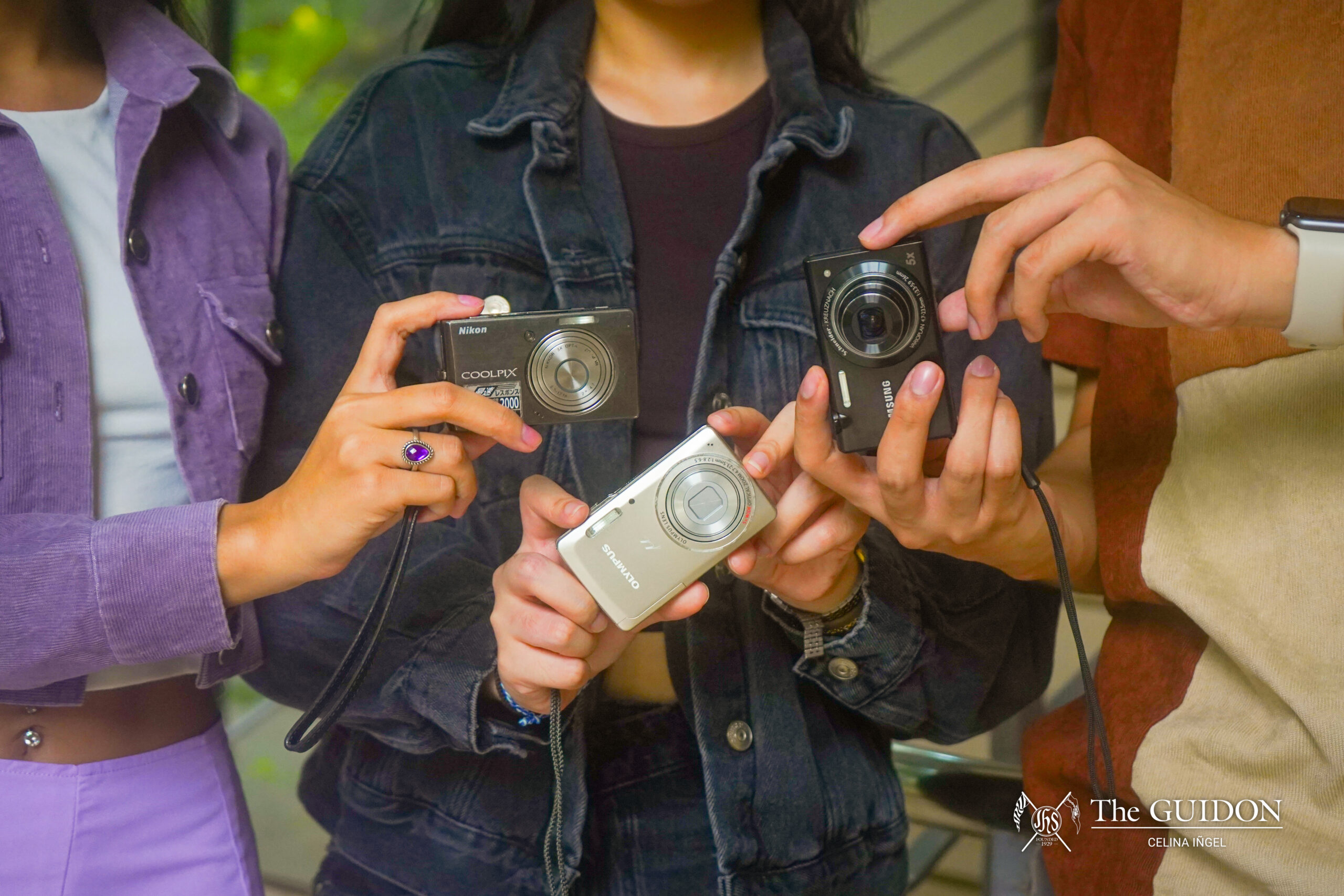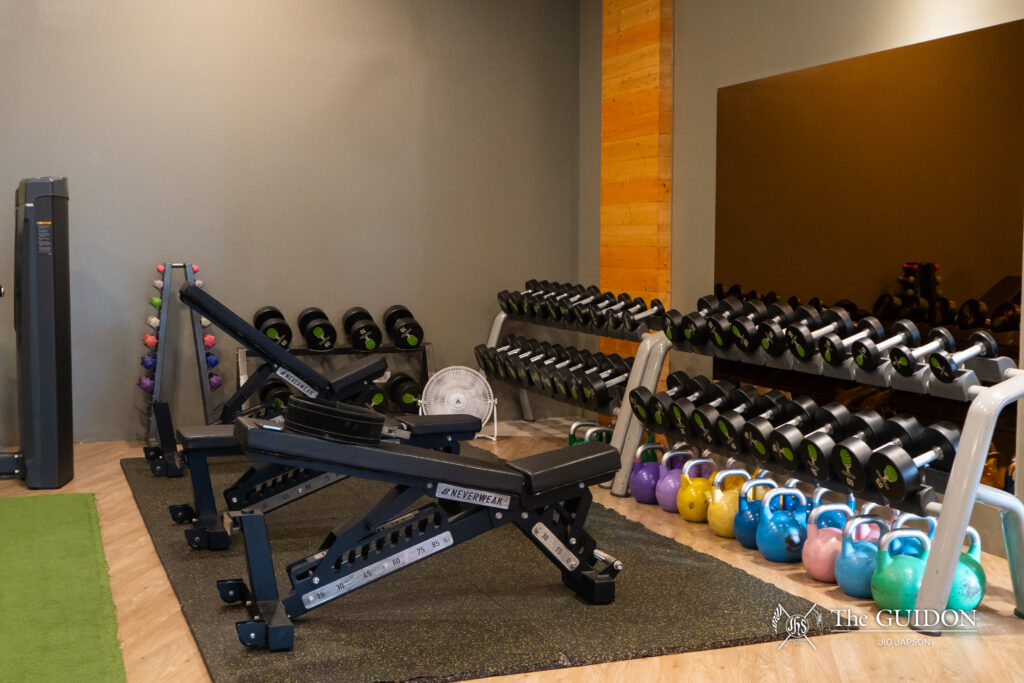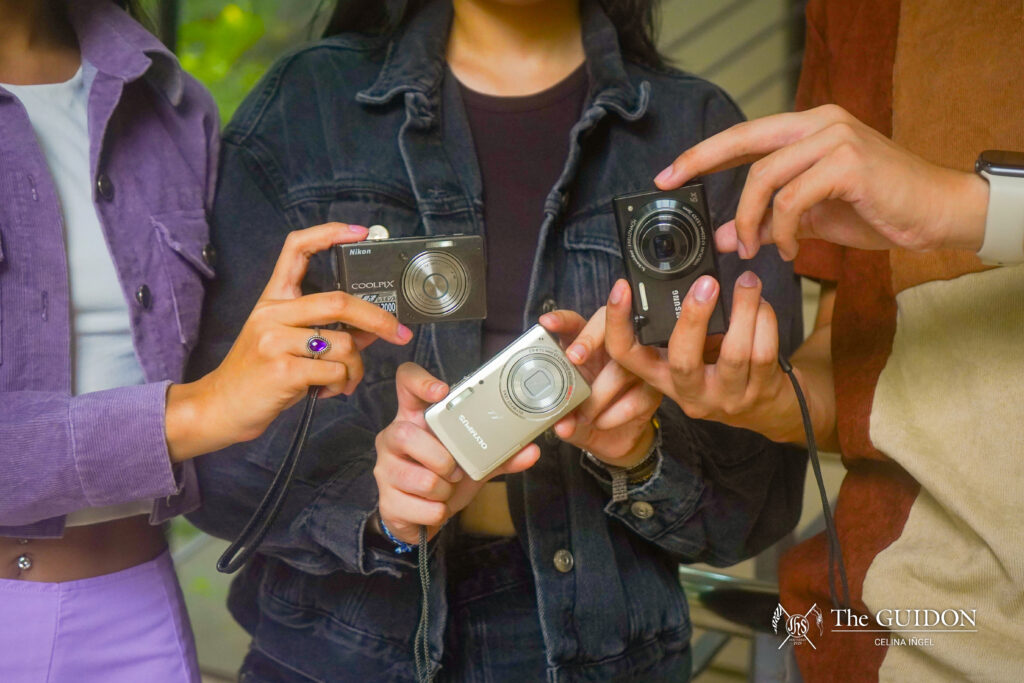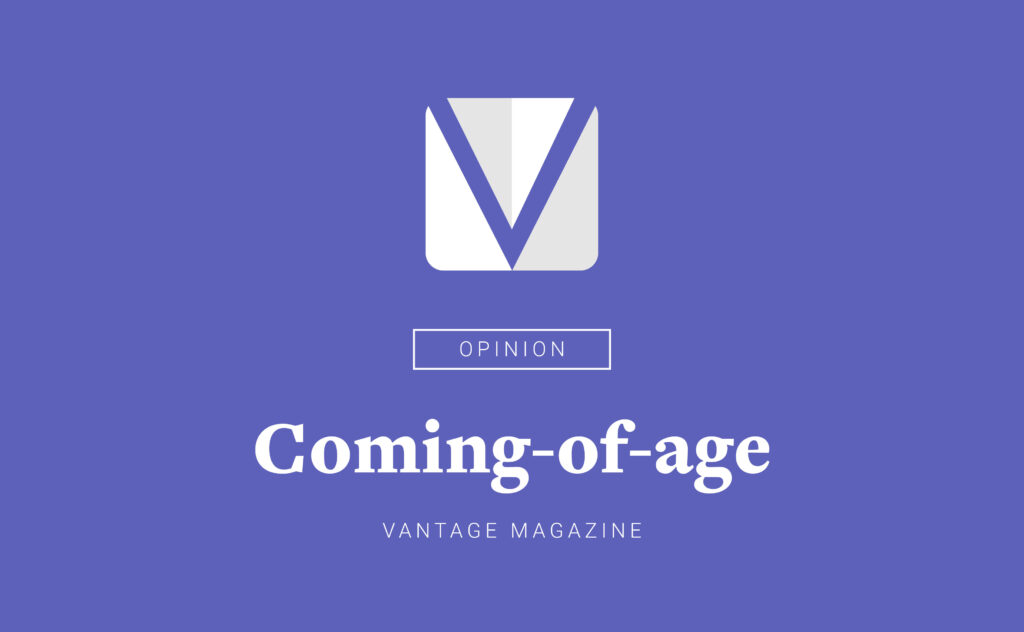DIGITAL CAMERAS, affectionately called ‘digicams,’ are making a strong comeback. In an era dominated by smartphones and DSLRs, these relics of the past are drawing the attention of a new generation, rediscovering a vintage take on capturing memories. Their grainy, simple, and often imperfect image quality offers a unique charm, contrasting the polished precision of modern technology.
For many Ateneans and young photographers alike, digicams amount to more than just a throwback. They bring a distinct aesthetic and creative approach that is both nostalgic and refreshing. Pushing online content toward a more candid and unfiltered expression, digicams are breathing new life into the world of visual arts, fashion, and lifestyle.
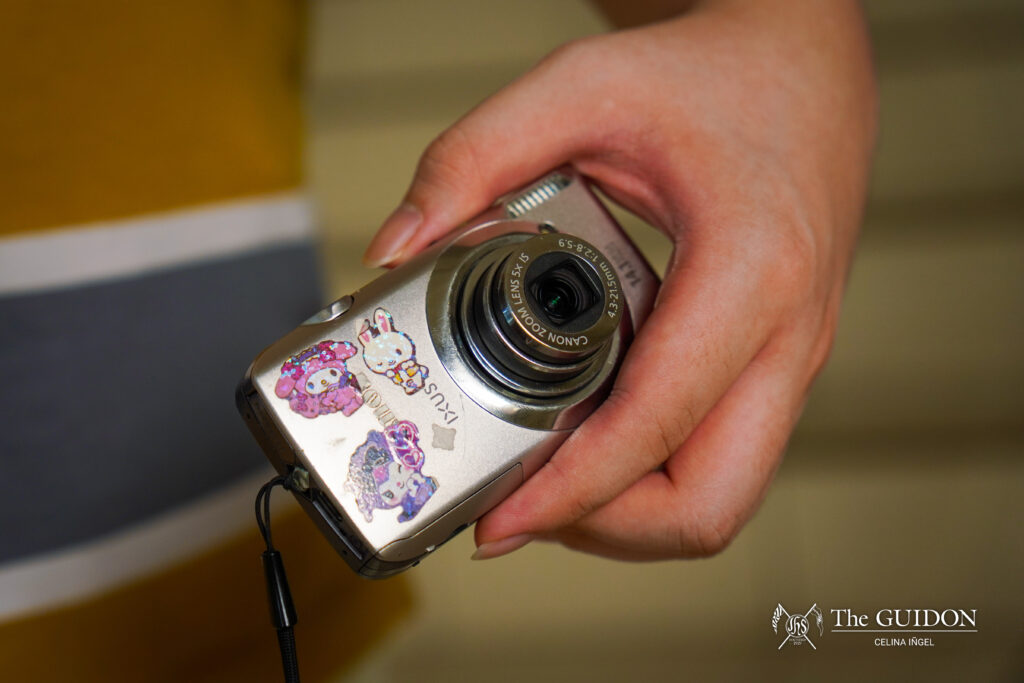
Zoom in, zoom out, zoom in again
In the late 1990s to early 2000s, digicams began to revolutionize the largely inaccessible photography scene. Before their arrival, bulky film cameras dominated the landscape, requiring laborious processing and extensive technical knowledge. Point-and-shoot devices by brands like Canon and Nikon challenged this paradigm and made capturing memories handy for everyone. The emergence of these devices simplified picture-taking and enabled amateurs and professionals alike to explore the art form without the complexities of professional equipment.
However, as smartphone technology evolved, cameras on these devices began to rival—and eventually surpass—the quality of early digital cameras. Smartphones offered the convenience of having a powerful camera integrated into a multifunctional device, which also provided seamless editing capabilities and instant sharing options via social media platforms. This combination of features created a significant challenge for digicams, ultimately leading to their decline in popularity as standalone devices.
Though in recent years, compact digital photography has returned to the picture once again, especially among Gen Z and millennials. Both seasoned photographers and casual users are drawn to its unique visual appeal, fueling its resurgence today. Professionals value the creative freedom digicams allow, while amateurs enjoy a straightforward way to explore photography.
For many young users, these compact pieces offer a way to recapture the joy of taking photos, free from the hyper-edited and often stark images produced by modern smartphones. Ysabel Cantero (4 AB IS), a relatively new digicam owner, reflects on her resonance with digicams: “I see a lot of my friends on social media using a digicam, and I see people on TikTok use them to immortalize their memories. It’s nostalgic for me.”
Fresh perspective
In today’s world where social media has made sharing personal lives through photos and videos a routine—and often mundane—activity, digicams are offering a refreshing break from this norm, elevating everyday photography and making it feel special again.
To enthusiasts, a digicam’s images feel more personal, intimate, and authentic—qualities that resonate deeply with today’s youth. “Digicams offer a casual approach to photography that makes it fun for everyone. It’s a breather from the technicalities of DSLRs, and people love the nostalgic feel these cameras give,” student-photographer Tumi Dela Cruz (4 AB PSY) noted.
As she believes that part of being a creative involves working with different tools, Dela Cruz also emphasized that photography demands a great deal of flexibility and adaptability. For photographers like her, incorporating digicams alongside DSLRs provides an opportunity to explore various mediums. This approach helps broaden their knowledge and skills, enhancing their expertise.
Beyond the hype
Keep this note in mind, viral trends that showcase digicam photography on platforms like TikTok encourage users to embrace old technology. However, this rise raises an intriguing question: is the trend simply another way to perform “authenticity”?
Casual users like Cantero say no. She expresses that using these cameras makes captured moments feel more permanent. They often bring out a heightened sense of occasion, with the photos themselves holding more importance and transforming photos into memories that feel more intentional and less fleeting.
As this trend grows bigger, it not only sparks genuine interest but also motivates performative participation. While driven by the collective desire to preserve cherished moments in a more meaningful way, it may also be partially driven simply by the allure of hype.
Although the experience varies for each individual, the resurgence of digicams can be seen as an opportunity to revisit and appreciate the simplicity of taking photos—and the entire experience that comes with it.
Framing market demands
As more users often opt for pre-owned or old devices, this surge in the digicam trend has also provided business opportunities for local sellers like Queen David (2 BS CTM), who sources vintage models abroad such as in Japan. “I started selling digicams last year, and I noticed a boom in demand. People are now choosing digicams over their smartphones,” she shares.
There is an undeniable sustainability aspect to the revival of digicams. By choosing to purchase second-hand, users contribute to the recycling of functional gadgets, reducing demand for brand-new, resource-intensive alternatives.
The reuse of old technology aligns with eco-conscious movements aimed at reducing electronic waste. However, the growing trend has also led to inflated prices, with some resellers charging as high as Php 10,000 to Php 13,000—far beyond the cameras’ original market value.
This price hike has raised concerns about the affordability of digicams. Heavily strained by overmarking, this inflation of costs can be alienating to potential customers. Many enthusiasts find themselves priced out of the craze due to the impractically high prices set by resellers.
The increasing inaccessibility of digicams raises an important question: How can a trend that has grown on the ideals of nostalgia and creative freedom remain meaningful if only a privileged few can participate? For trends to have a positive societal impact, they should ideally remain within the reach of everyone, ensuring that the interest in such technologies does not become a privilege of a select few.
From the start, the digicam trend has not been without cost, making it more crucial that prices remain reasonable and not subject to excessive markup. Keeping digicams affordable can spark more people to appreciate a nostalgic and refreshing aesthetic, all while embracing candid and unfiltered self-expression.
Peaking through the lens
Whether this resurgence is a fleeting trend or a long-lasting shift in photography remains to be seen. Nevertheless, the revival of digicam reflects a broader cultural movement toward authenticity and nostalgia in an increasingly digital age.
As social media continues to influence consumer habits, the demand for vintage aesthetics and unique personal expression through digicam photography is likely to endure.
For now, digicams represent more than just a passing fad—they stand as a testament to how old technologies can be reimagined and repurposed for a new generation. As Ateneans and young creatives continue to explore this medium, the future of digital photography might just involve a little bit of the past.


